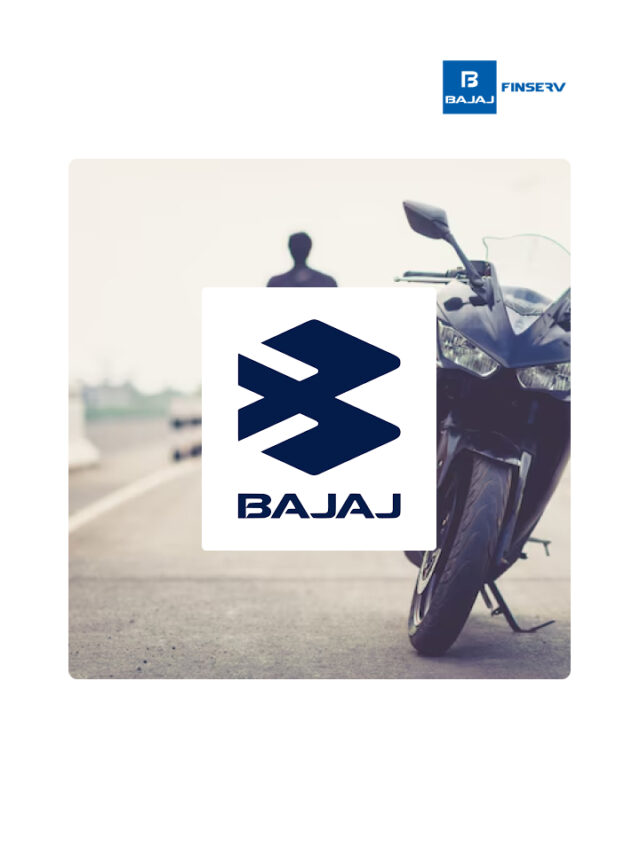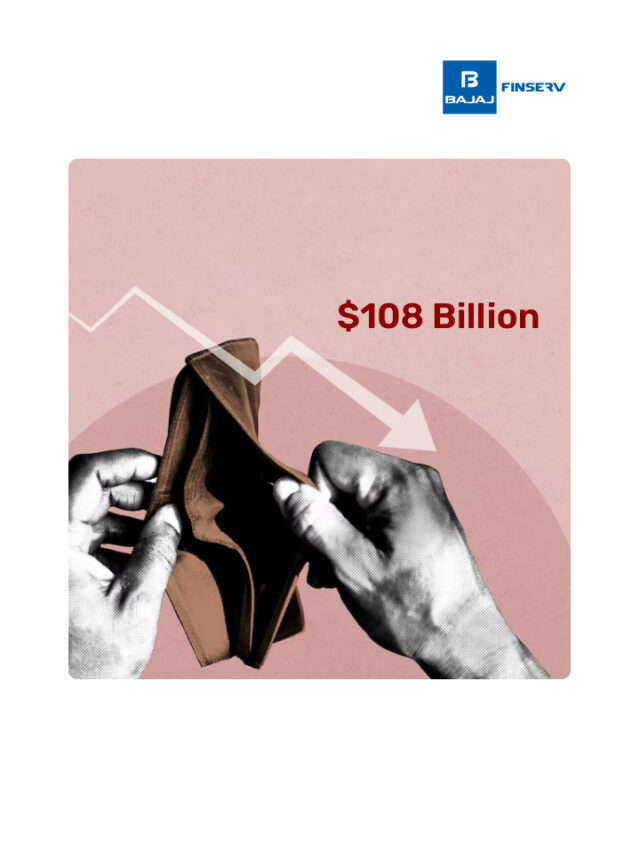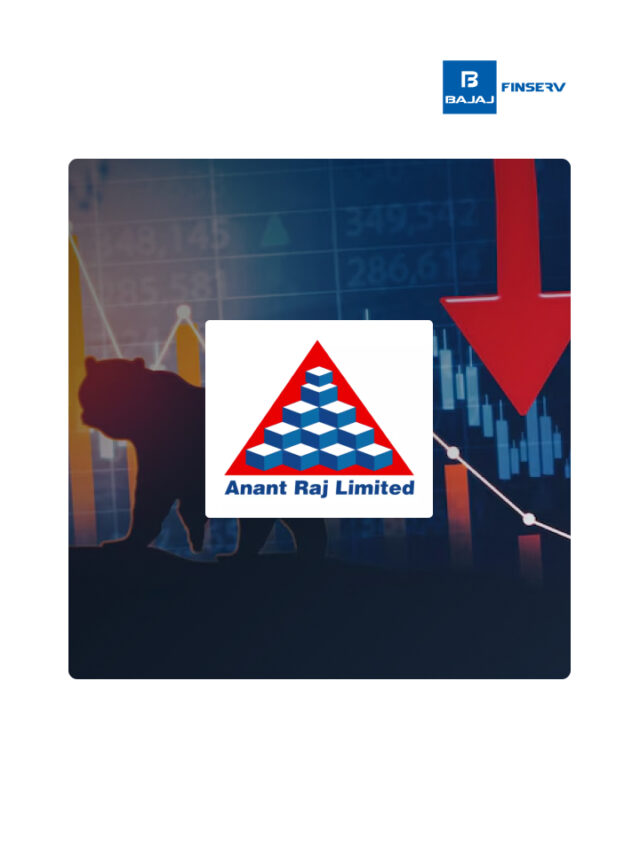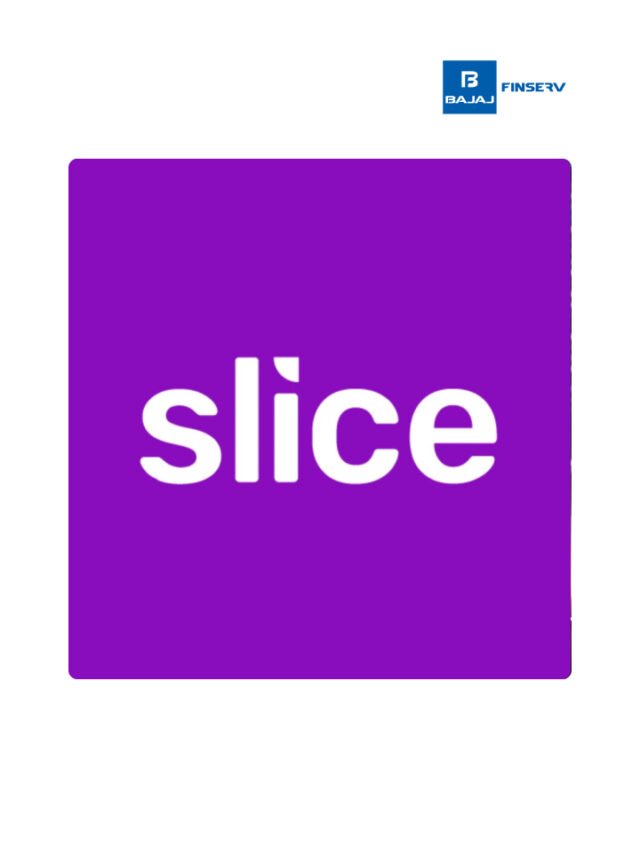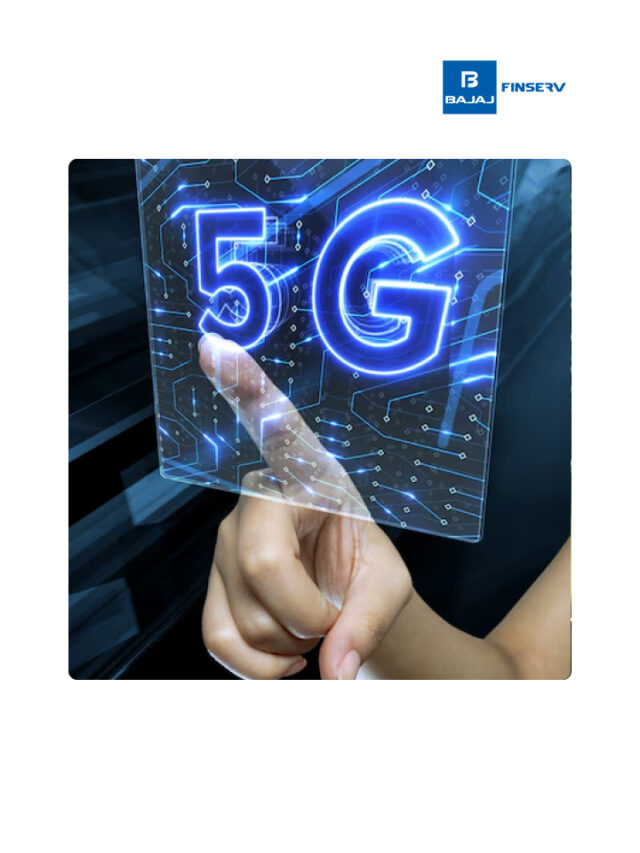Revolutionising Banking: Credit on UPI – A Game Changer for India’s Digital Economy
Last Updated on September 27, 2023 by BFSLTeam BFSLTeam

Table of Content [hide]
An Overview
In the rapidly evolving landscape of Indian banking, something big is brewing. India’s leading private banks, HDFC Bank and ICICI Bank, are gearing up to introduce innovative products as part of the Unified Payments Interface (UPI) program. With the Reserve Bank of India (RBI) giving them the green light, this move aims to tap into the immense potential of digital infrastructure and reshape the future of banking.
Democratizing Credit
Imagine having access to a line of credit, similar to a credit card, but with a twist. Instead of relying solely on credit cards, banks are now looking to offer pre-sanctioned credit lines to a vast number of customers through UPI. This credit will be linked to your UPI account, making it more accessible and convenient.
Parag Rao, the head of payments business, consumer finance, technology, and digital banking at HDFC Bank, explains that this move is all about democratising and expanding the funding of loan transactions. It means more people can access credit when they need it, based on their spending behaviour and credit limits.
How It Works
HDFC Bank is currently testing its ‘UPI Now Pay Later’ product, while ICICI Bank has already rolled out its ‘PayLater’ offering. These are essentially overdraft facilities that UPI users can utilise through various UPI-based apps, such as Google Pay and MobiKwik.
Here’s the catch: The maximum credit line is set at ₹50,000, but your actual limit depends on your income, spending habits, and repayment history.
For HDFC Bank’s credit product, the interest rate is calculated based on how many days you use the credit line. So, if you use a ₹5,000 credit line for ten days, you’ll only be charged interest for those ten days.
However, there’s a limitation: you can only use this credit for merchant transactions, not for peer-to-peer transfers.
On the other hand, ICICI Bank’s ‘PayLater’ product offers up to 45 days of interest-free digital credit. You can use this amount for paying bills, online shopping, and instantly transferring funds to any UPI ID.
The Impact and Beyond
Other banks are also gearing up to launch similar products, which means more choices for consumers. According to experts, this move won’t necessarily harm credit card issuers; instead, it will expand the credit market.
India has a huge untapped potential when it comes to credit cards and loans. By offering multiple forms of credit lines, banks aim to bring in more customers and transact at higher levels. This could potentially lead to 30 to 40 crore (300-400 million) cardholders joining the ecosystem.
What About BNPL Fintechs?
While this innovation is exciting, it might pose challenges to Buy Now, Pay Later (BNPL) fintech companies. These companies have gained popularity by offering low-interest loans to millennials and Gen Z for small purchases.
However, late or non-payments from customers and regulatory challenges have led to higher non-performing assets (NPAs) and financial losses. This has made it difficult for some BNPL fintechs to raise capital and operate smoothly.
The introduction of ‘Credit on UPI’ may change the dynamics, as customers have more options for accessing credit. BNPL fintechs may need to adapt to stay competitive.
The Road Ahead
With the UPI platform witnessing a record number of transactions, it’s clear that digital payments are here to stay. Experts predict that UPI will dominate retail digital payments by 2027, expanding its reach to rural areas and smaller cities.
Moreover, the integration of RuPay credit cards with UPI is set to make domestic cards more competitive. This move aligns with the RBI’s vision of offering customers the choice to select card networks.
As more banks launch ‘Credit on UPI’ products in the coming weeks, we can expect a variety of interest rates, fees, and loan amounts to cater to different customer needs. The next frontier for banks will be to extend credit to individuals who may not even have an account with that particular bank.
In essence, ‘Credit on UPI’ is a transformative step that could reshape the way Indians access credit and make digital payments, heralding a new era in banking.
Additional Read: L&T’s Share Buyback: What You Need To Know



